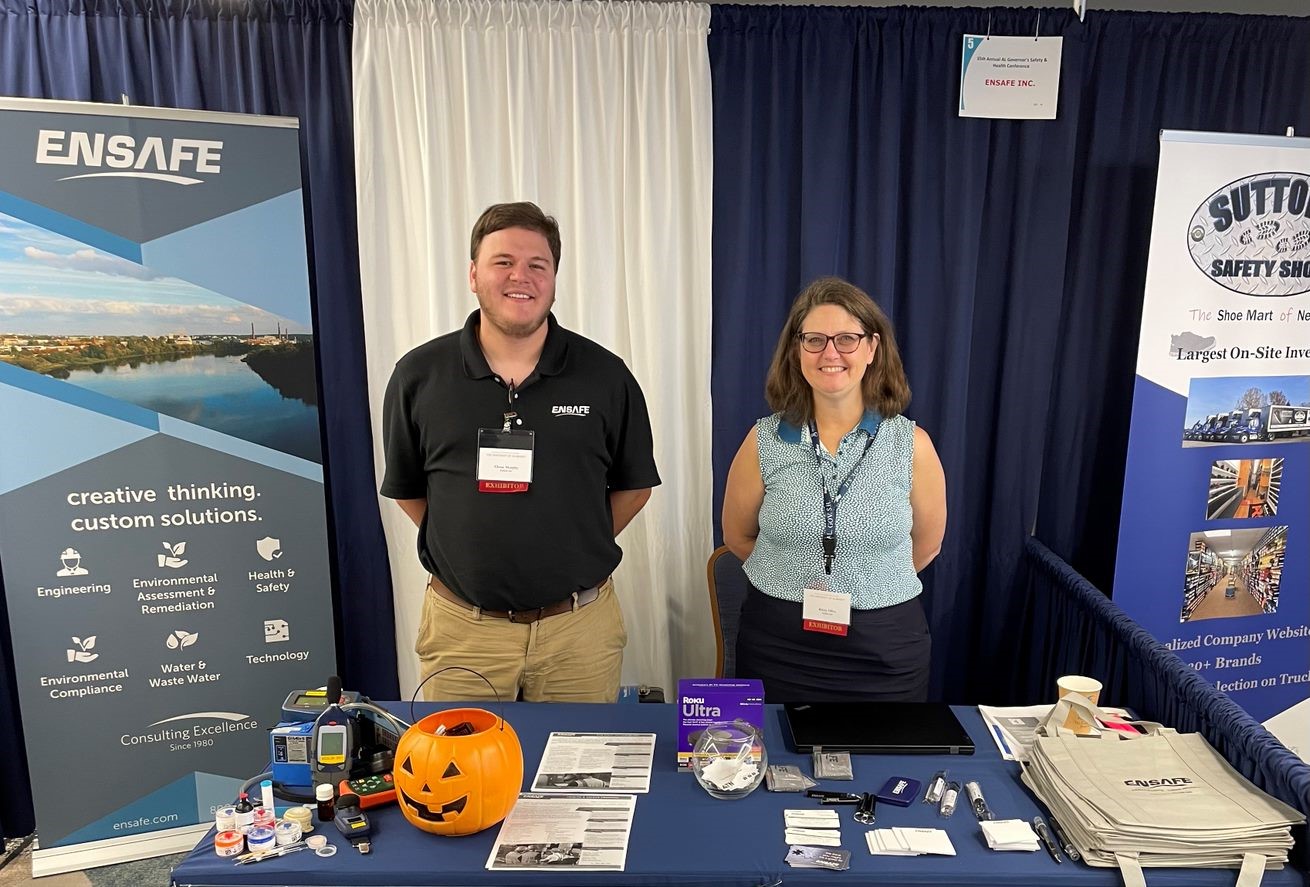We are thrilled to announce the appointment of John Knopf, CSP as the new Corporate Safety Director at EnSafe. Boasting a distinguished 30-year career in Environmental, Health, Safety, and Sustainability across various industries, John is a highly skilled professional with a dedicated focus on people and safety. As Corporate Safety Director, John will spearhead our […]
Continue readingMy Big Safety Challenge, Episode 4: Preston Wood, Relativity Space
The fourth episode of the popular “My Big Safety Challenge Podcast: Stories, Strategies, and Success,” hosted by EnSafe’s Mike Palmer, CSP, CIH, and Dale Carnegie Master Trainer Merle Heckman, has been released and can be found here for your listening pleasure. This episode features Preston Wood (affectionately dubbed “Rocket Man” by the hosts), Director of […]
Continue readingMy Big Safety Challenge, Episode 3: Chris Jeter, Amazon
The third episode of “My Big Safety Challenge Podcast: Stories, Strategies, and Success,” hosted by Mike Palmer, CSP, CIH, and Dale Carnegie Master Trainer Merle Heckman, has been released and can be found here. The podcast, presented by the Board of Safety Professionals and Dale Carnegie, highlights safety leaders who share their stories of real-world […]
Continue readingEnSafe is Presenting at This Year’s Alabama Governor’s Safety and Health Conference
EnSafe’s Kristy Olive CIH, CSP and Chase Murphy will be presenting at the 36th Annual Alabama Governor’s Safety and Health Conference, set to take place at the Perdido Beach Resort in Orange Beach, Alabama on August 28-30. Kristy and Chase will be offering insight into the safety profession and the path to valuable certifications like […]
Continue readingMy Big Safety Challenge, Episode 2: Emily Gamblin, Advance Auto Parts
The second episode of “My Big Safety Challenge Podcast: Stories, Strategies, and Success,” hosted by EnSafe’s Mike Palmer, CSP, CIH, and Dale Carnegie Master Trainer Merle Heckman, has been released and can be found here for your listening pleasure. The podcast, presented by the Board of Safety Professionals and Dale Carnegie, focuses on true stories […]
Continue reading



